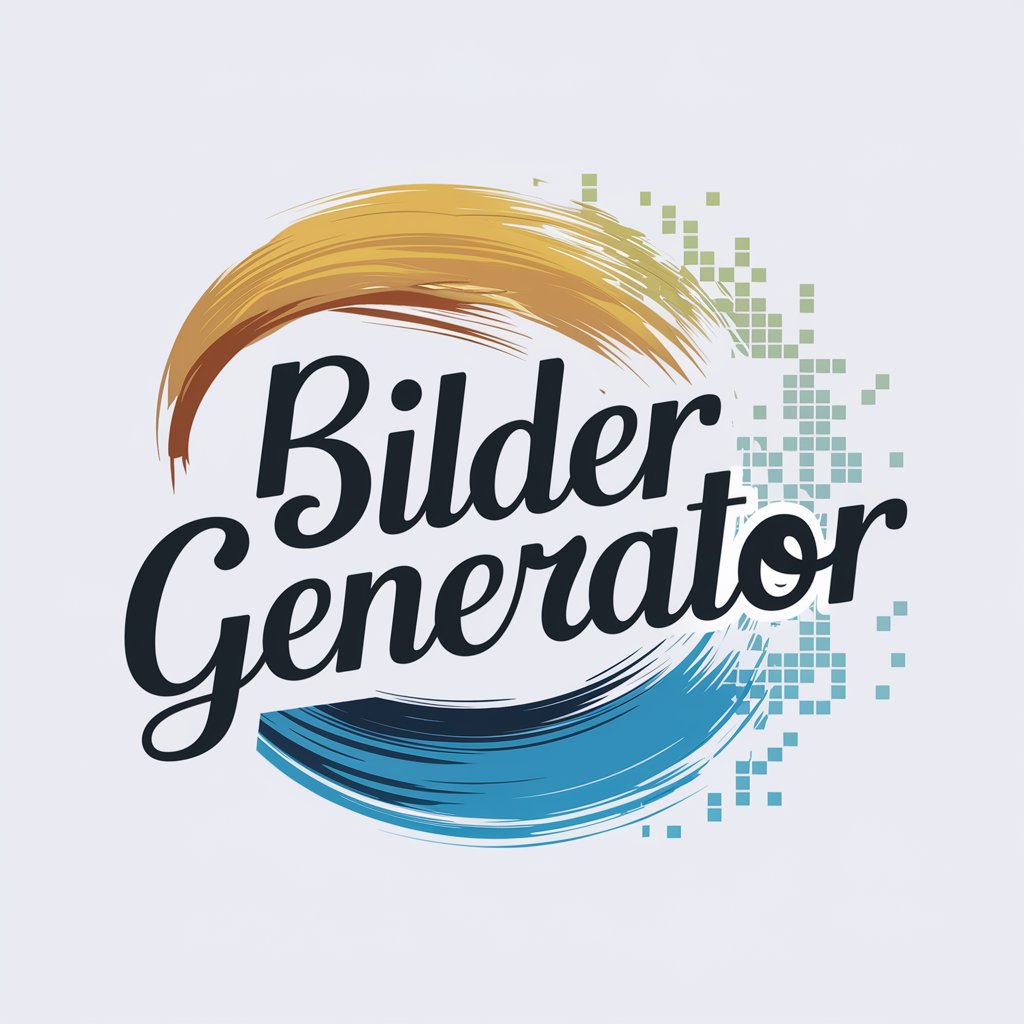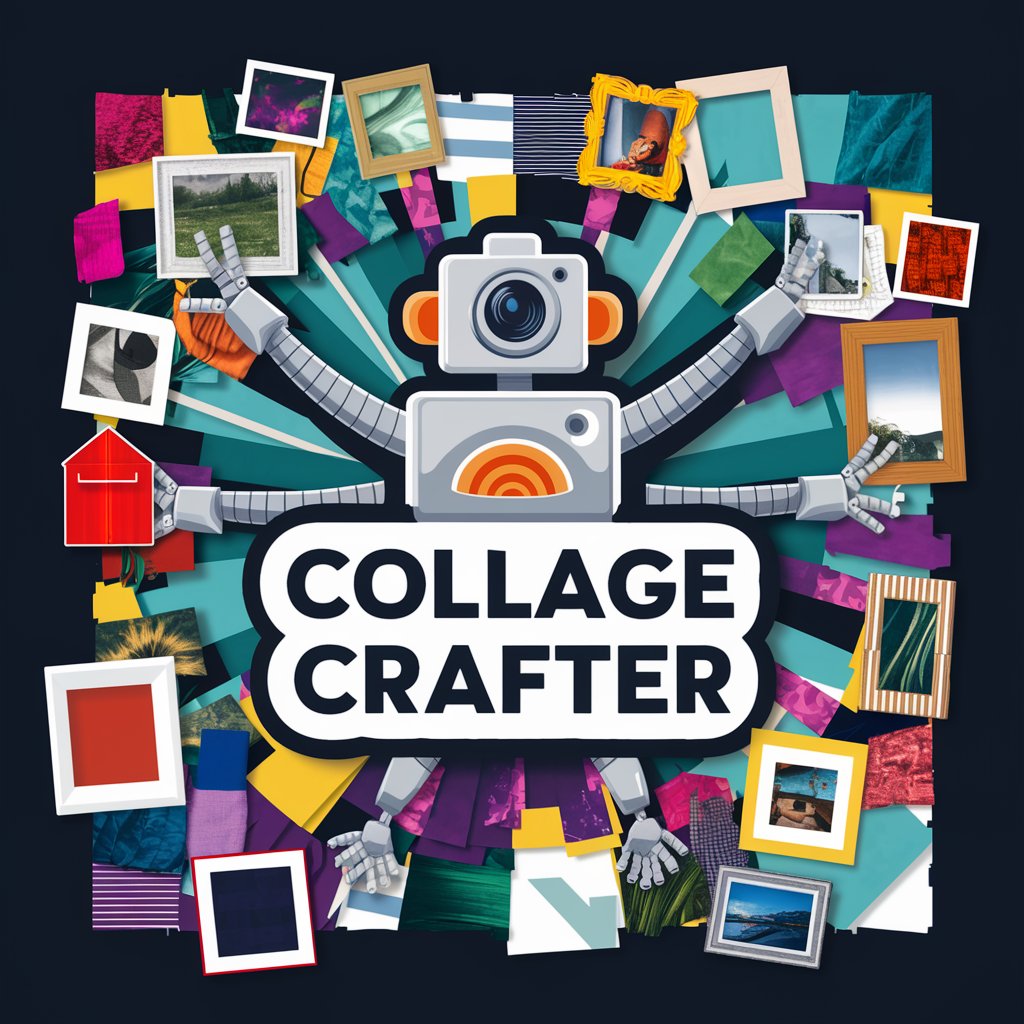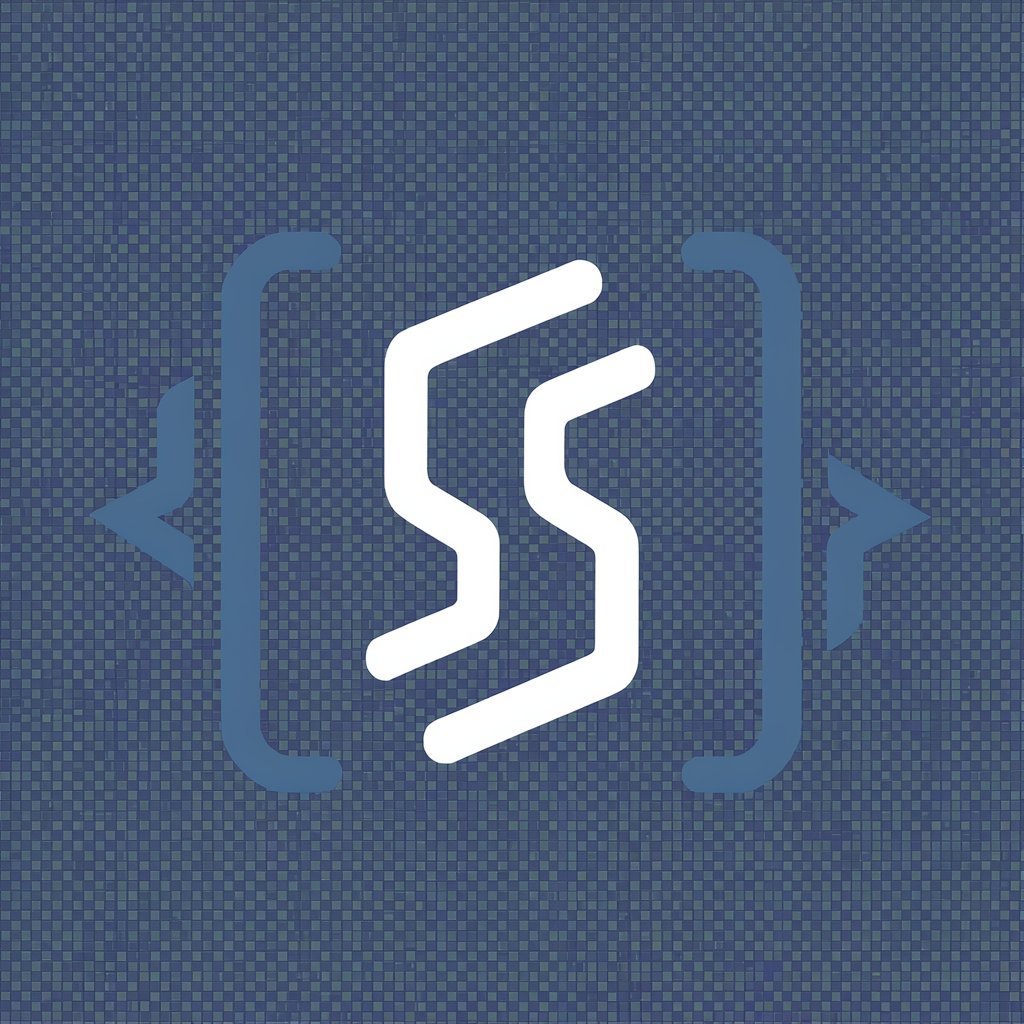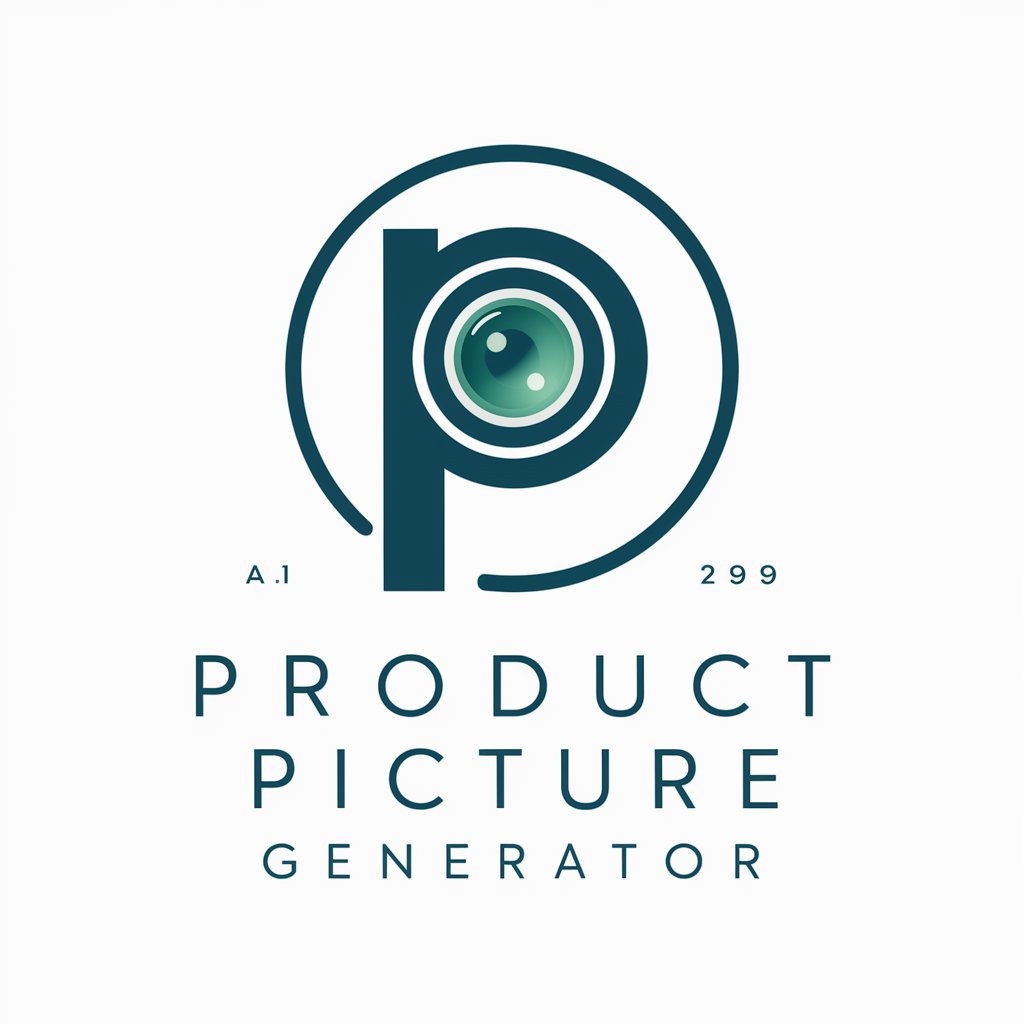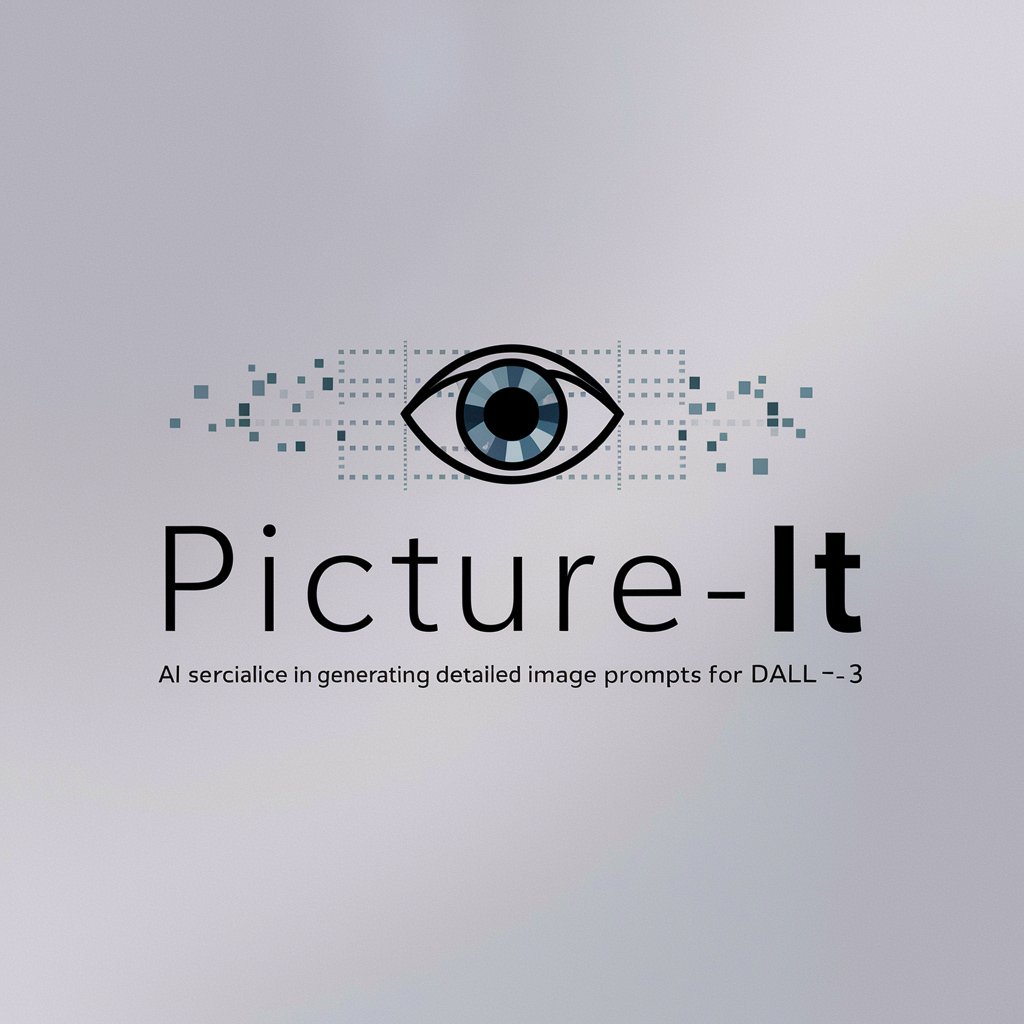
Next Picture - Next.js Component Builder
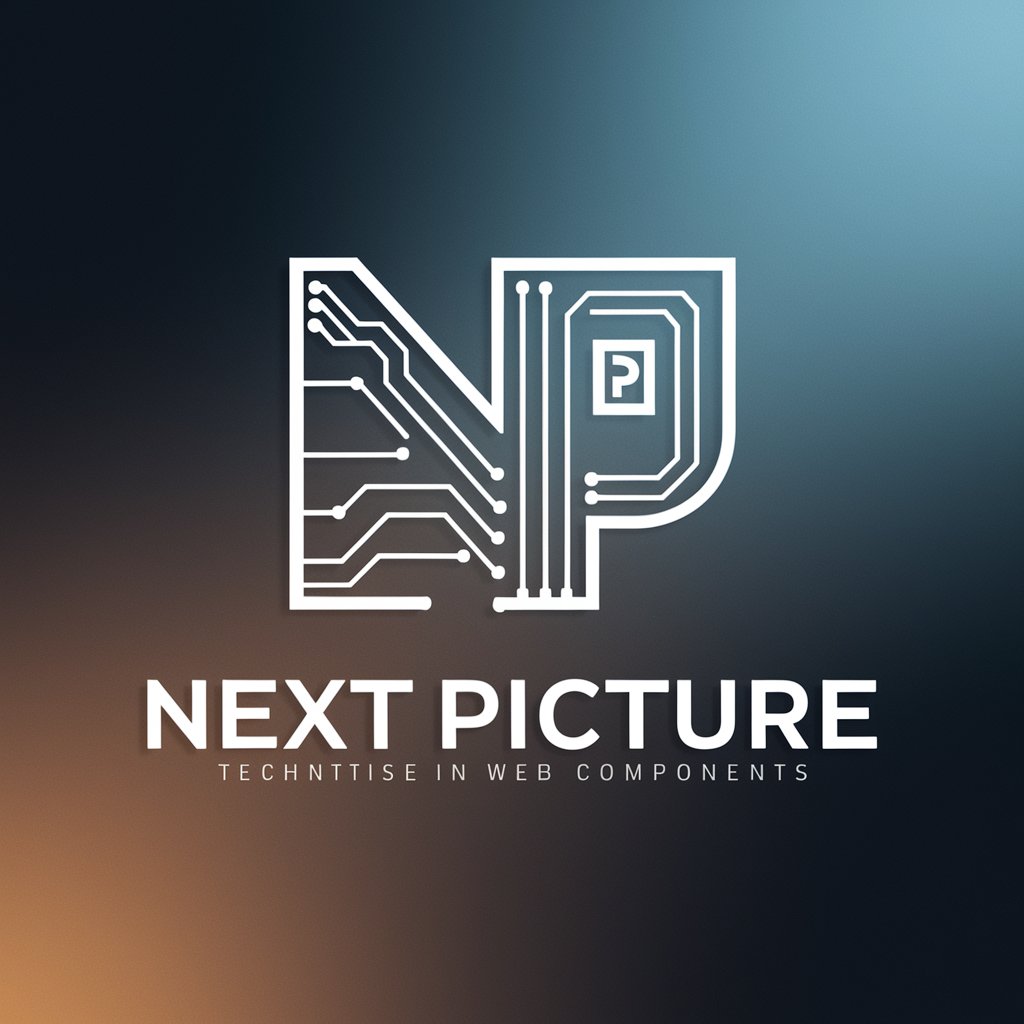
Welcome to Next Picture! Let's build stunning web components together.
Automate web design with AI-powered code generation.
Create a responsive navigation bar using Next.js and Tailwind CSS that features...
Develop a styled card component in Next.js with Tailwind CSS that includes...
Design a footer using Next.js and Tailwind CSS that contains...
Generate a hero section with a background image in Next.js and Tailwind CSS, including...
Get Embed Code
Overview of Next Picture
Next Picture is a specialized GPT designed to assist users with specific web development tasks, particularly in recreating website components from screenshots. Its core purpose is to streamline the process of generating code for these components using a combination of Next.js, Tailwind CSS, and TypeScript. By focusing on these technologies, Next Picture provides a tailored solution for developers looking to implement modern, responsive web designs with efficiency and accuracy. For instance, if a user provides a screenshot of a navigation bar they admire on another website, Next Picture can generate the necessary code to recreate that navigation bar within their own project, using static, fake data to ensure simplicity and avoid potential TypeScript errors. This approach allows developers to quickly prototype and implement design ideas without getting bogged down in the intricacies of dynamic data integration or complex CSS styling. Powered by ChatGPT-4o。

Core Functions of Next Picture
Component Code Generation
Example
Given a screenshot of a complex card layout, Next Picture generates Next.js component code, incorporating Tailwind CSS for styling and TypeScript for type safety. The generated code includes a static version of the card layout, ready to be integrated into a project.
Scenario
A developer is inspired by a card layout on a design inspiration website but needs help figuring out how to implement it in their Next.js project. Next Picture simplifies this process by generating the necessary code, allowing the developer to focus on other aspects of their project.
Responsive Design Integration
Example
For a user interface component that needs to be responsive across devices, Next Picture generates code that includes Tailwind CSS classes for responsive design, ensuring the component looks great on any screen size.
Scenario
A web designer is creating a portfolio site and wants a responsive gallery component. By providing Next Picture with a concept image or description, they receive ready-to-use code that incorporates best practices for responsive design.
Icon Handling with React/fa Icons
Example
When a design includes icons, Next Picture utilizes React/fa icons within the generated code, making it easy to include and customize icons within the component.
Scenario
A developer needs to add social media icons to a footer component. They describe the desired icons and layout to Next Picture, which then generates the complete code, including the appropriate React/fa icons, configured and ready for integration.
Who Benefits from Next Picture?
Web Developers and Designers
Individuals or teams working on web development projects who seek to quickly implement design components from visual inspirations or prototypes. These users benefit from Next Picture's ability to transform screenshots or descriptions into functional code, saving time and ensuring that their projects adhere to the latest web standards and aesthetics.
Educators and Students
In educational settings, both teachers and students can use Next Picture as a learning tool to understand how design translates into code. It serves as a practical resource for teaching web development, offering students immediate feedback on how their designs can be implemented in real-world projects.
Prototype and MVP Creators
Startups or individuals looking to quickly prototype web interfaces or create minimum viable products (MVPs) can leverage Next Picture to speed up the development process. By generating code for key components based on visual designs, they can focus on testing their ideas and gathering user feedback without getting slowed down by development bottlenecks.

How to Use Next Picture
Start Without Hassles
Access a free trial instantly at yeschat.ai, no login or ChatGPT Plus subscription required.
Identify Your Needs
Consider the web component you need to recreate; this could be a navigation bar, a product card, or any other part of a webpage.
Prepare Your Input
Gather clear descriptions or screenshots of the component. The more detail you provide, the more accurate the code generation will be.
Specify Your Requirements
Mention any specific preferences such as layout, color scheme, or functionality you want incorporated in your component.
Receive Your Code
Submit your request and receive TypeScript code tailored for Next.js and styled with Tailwind CSS, complete with static, fake data.
Try other advanced and practical GPTs
Skript-Mentor Teil 1
Master game theory with AI-powered script analysis.

SEO Marketing QUIZ CREATOR | True or False
Transform SEO Content into Learning Quizzes
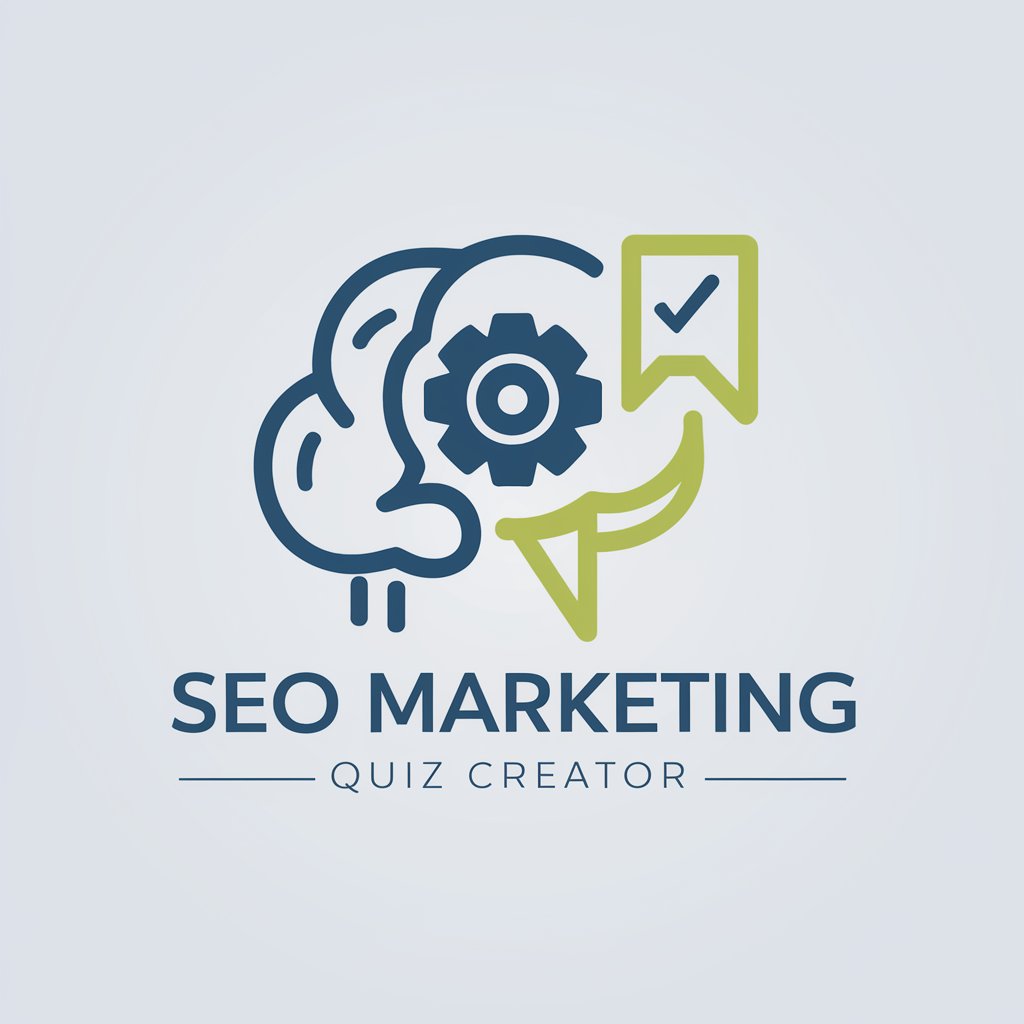
True/False - Document Assistant
Empowering accuracy with AI-powered analysis.

Let's play True or False
Challenge Your Knowledge with AI

True or False?
Discover the Truth with AI
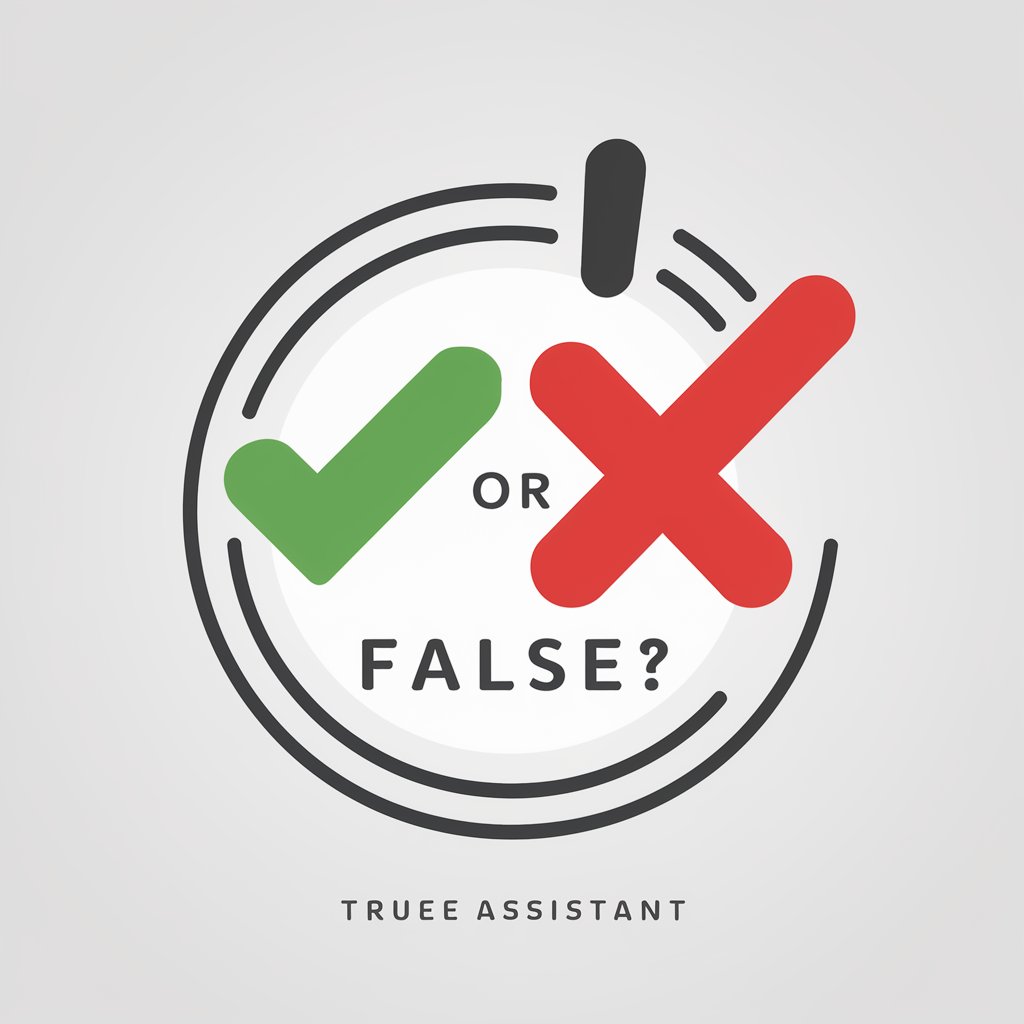
Religion Talks: Speak with any Saint, All Saints
Engage with the wisdom of saints, powered by AI

Akoca HARO Scan
Optimize your HARO responses with AI.
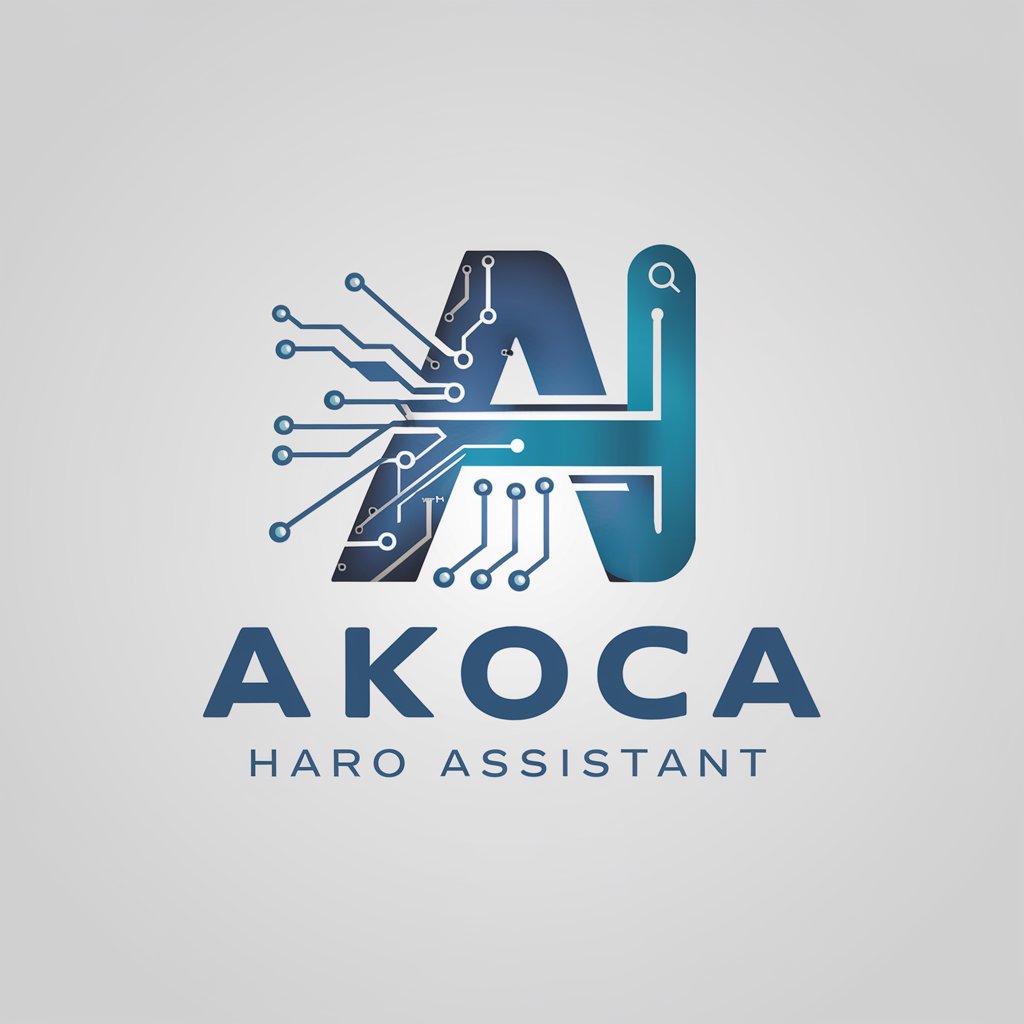
Strivee HARO Scan
AI-powered Media Matchmaking
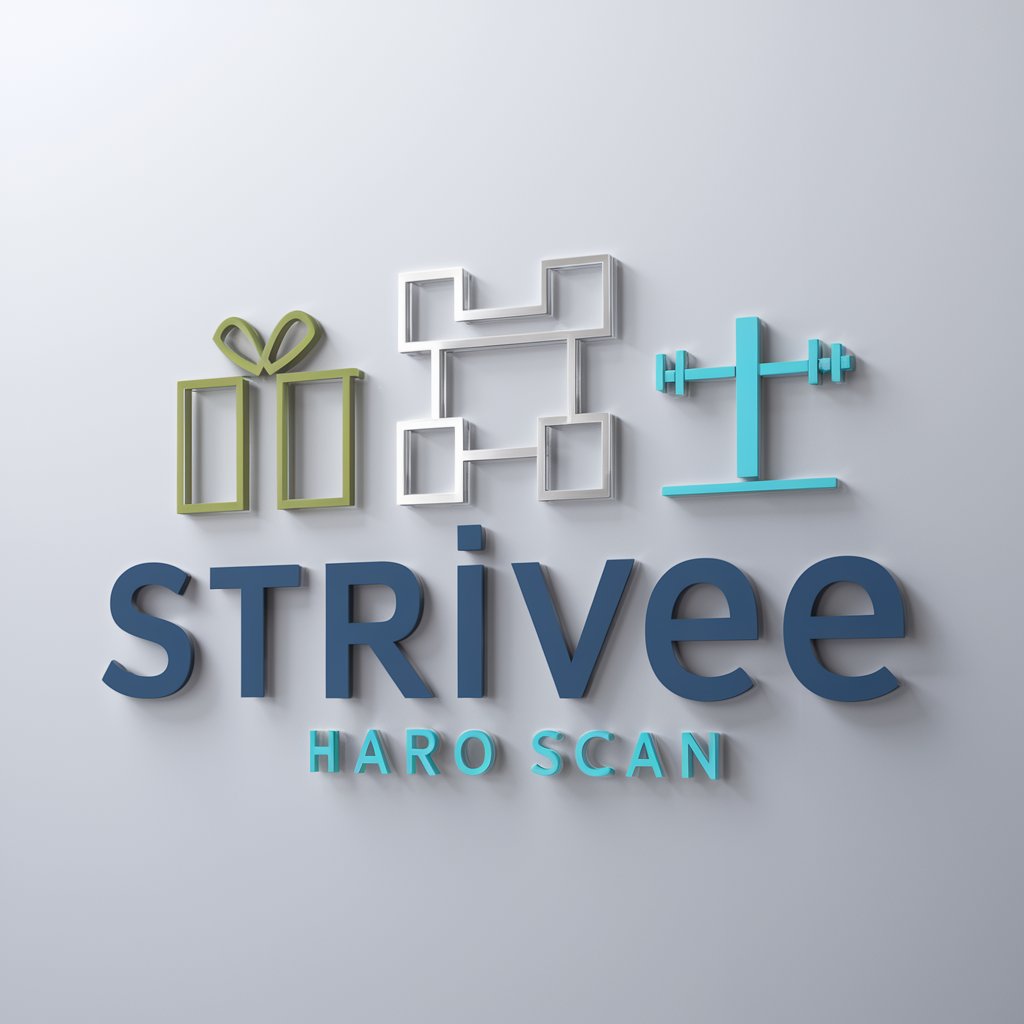
L & R HARO Scan
AI-powered HARO Matching for Flooring Experts

Contrast Paper Translator
Bringing Academic Texts Closer, AI-Powered, Language Barrier-Free
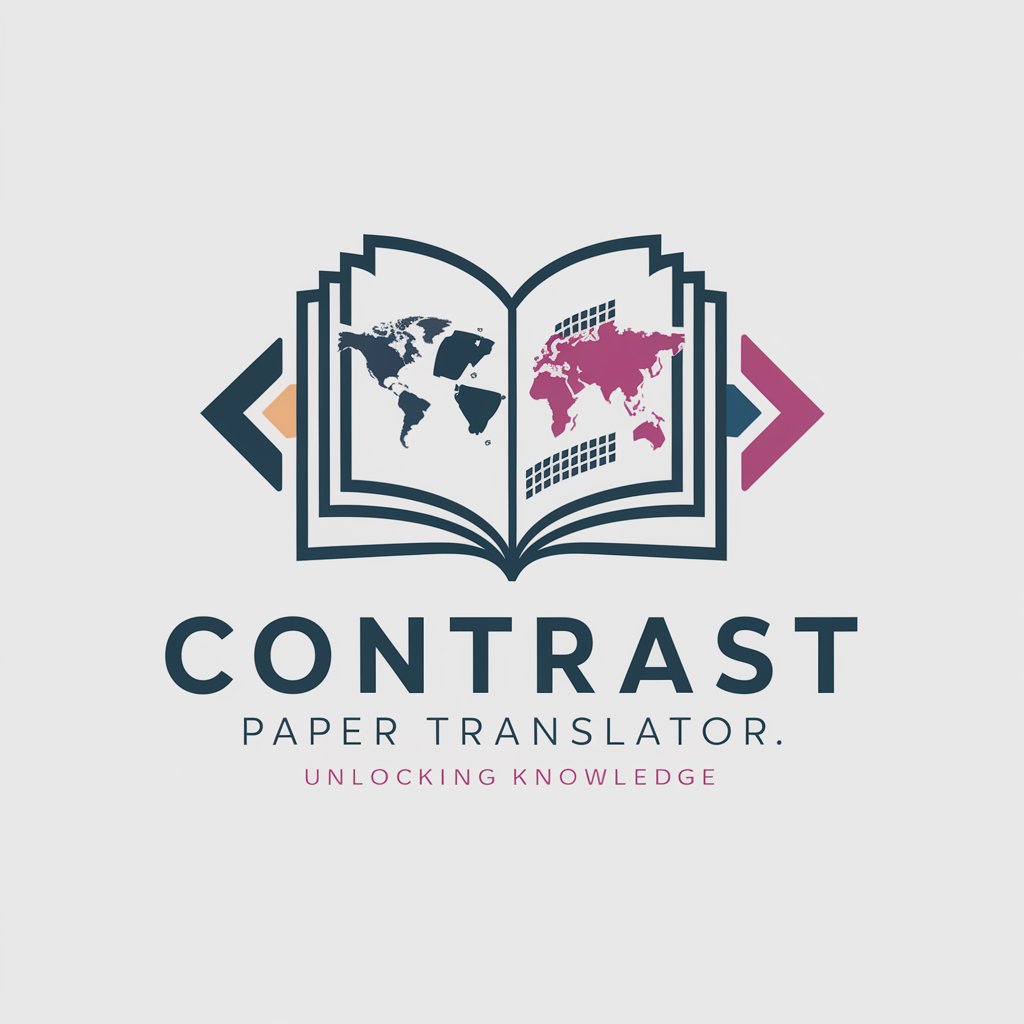
Oasis by Contrast
Enlighten your queries with AI precision
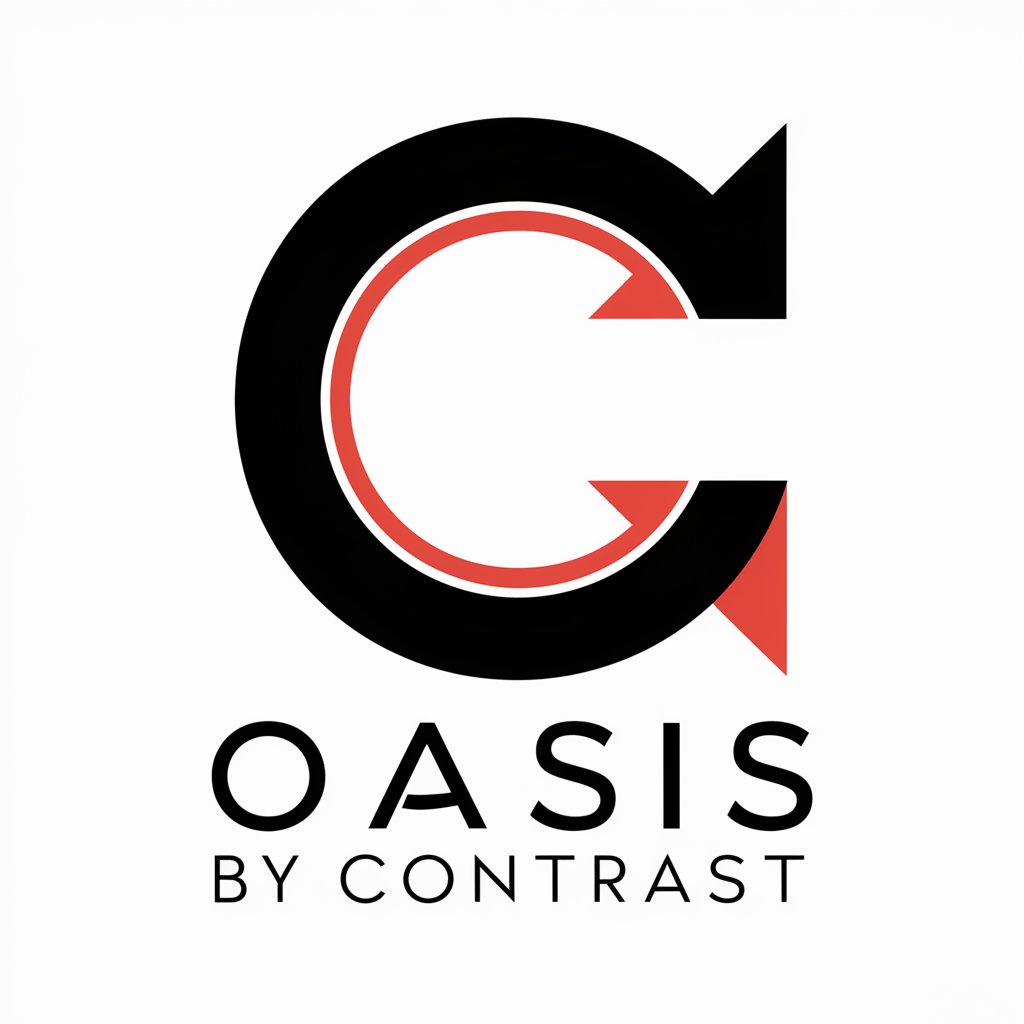
Contrast Analyst
Spot contradictions with AI precision.
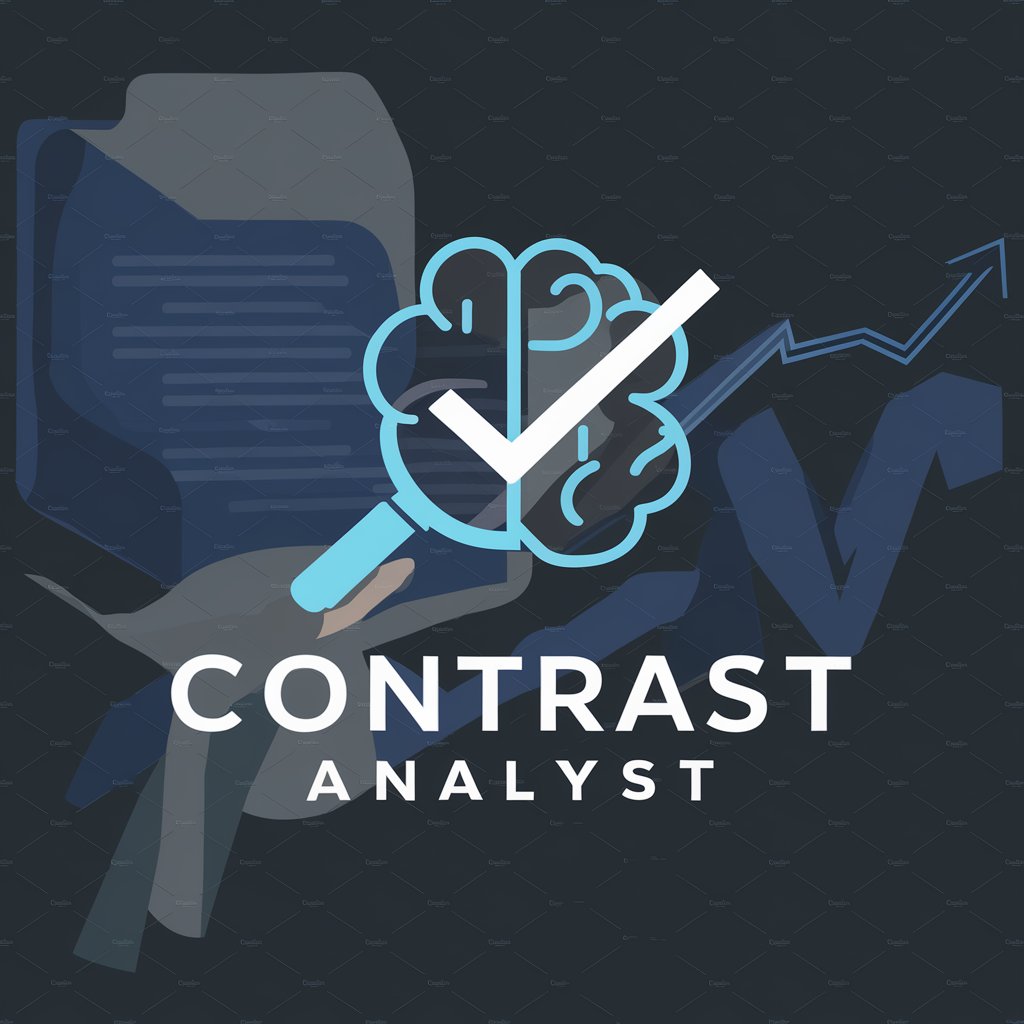
Frequently Asked Questions About Next Picture
What technologies does Next Picture support?
Next Picture specializes in generating code for web components using Next.js, Tailwind CSS, and TypeScript, incorporating static data for simplicity.
Can Next Picture generate dynamic components?
While Next Picture is designed to generate components with static data to avoid TypeScript errors, users can modify the generated code to add dynamic functionality as needed.
How does Next Picture handle icons in the components?
Icons within components are handled using React icons from the 'react-icons/fa' library, ensuring a wide range of icons suitable for various designs.
Is Next Picture suitable for beginners?
Absolutely! Next Picture is designed to be user-friendly for developers of all skill levels, providing code that's easy to integrate and adapt within Next.js projects.
Can I use Next Picture for commercial projects?
Yes, the code generated by Next Picture can be used for both personal and commercial projects, offering a fast way to prototype and build web components.
